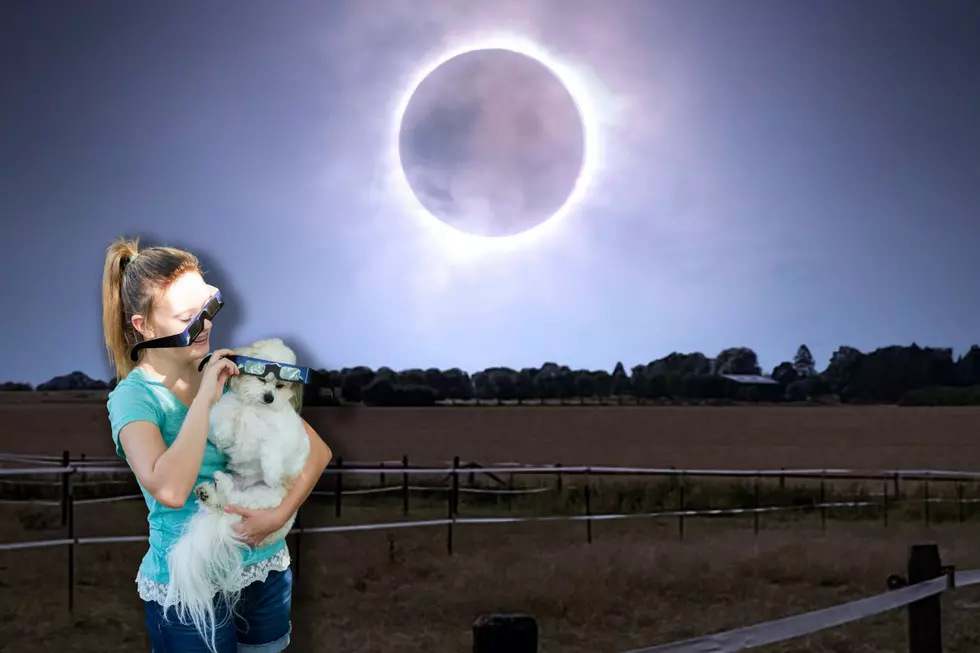
Ring of Fire Solar Eclipse Happening in the Sky Thursday June 10th
A celestial phenomenon known as a "Ring of Fire Eclipse" will take place on Thursday, June 10th and will be visible across Earth's northern hemisphere although to see it in its entirety one must live in the most northern parts of the world - like Greenland, Antarctica or northern Canada.
For the rest of us in North America, Asia and Europe, it will only appear as a partial eclipse as the moon moves between the earth and the sun. A Ring of Fire eclipse differs from a total solar eclipse in that the moon is in a position on its elliptical rotation around the earth that rather than visually appearing the same size as the sun, thereby blocking the sun in its entirety, a Ring of Fire eclipse appears more like a dark spot in the center of the sun, making it appear as though the sun is a firey ring.
Space.com does a bit of a better job explaining things,
Solar eclipses happen when the moon moves directly between the sun and Earth, casting a shadow on our planet and blocking out at least some of the sun's light. This Thursday at sunrise, we can look forward to an annular solar eclipse, which occurs when the moon is too far away from Earth in its elliptical orbit to completely block out the sun like it does during a total solar eclipse. Instead, it leaves the outer ring of the sun exposed, creating the appearance of a "ring of fire" in the sky during the only annular solar eclipse of 2021.

For those of us that won't be able to see the eclipse in its entirety, but rather as a partial eclipse, it may simply look like someone has taken a giant bite out of the sun. It is expected to take place at sunrise on Thursday, June 10, 2021. In Evansville, Indiana sunrise is expected at 5:27 am central standard time. And of course, you should never look directly at the sun and an eclipse is no different. You will need viewing glasses (like these) to protect your eyes.
[SOURCE: Space.com]
READ ON: Weird, wild UFO sightings from throughout history
KEEP LOOKING: See what 50 company logos looked like then and now
KEEP READING: See notable new words that were coined the year you were born
LOOK: Here are the 50 best beach towns in America
More From My WJLT 105.3









